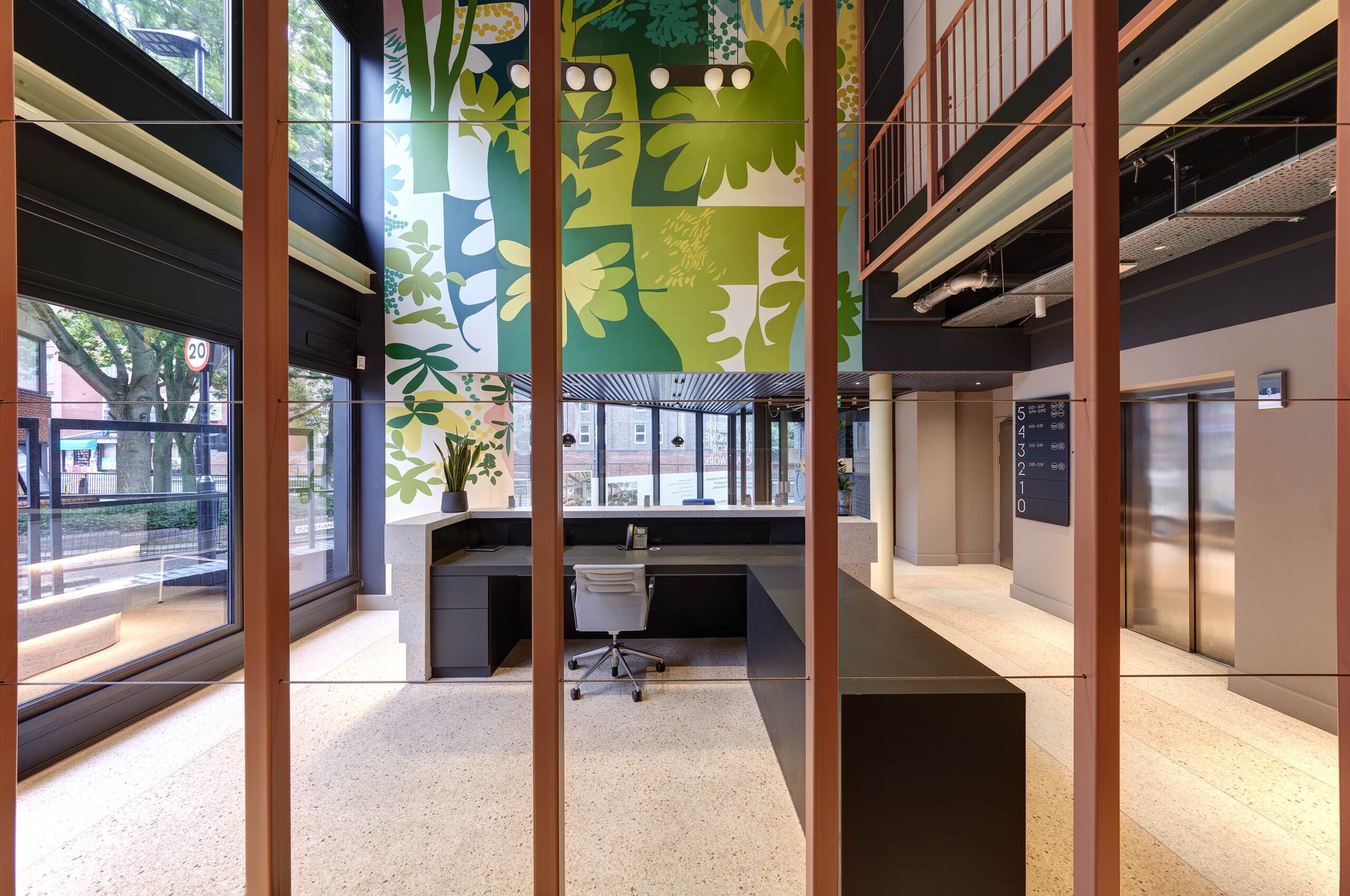
A Heavy Cost to Bear?

A Heavy Cost to Bear?
As we have discussed in previous letters, over the past 20 years the UK property industry has seen a substantial rise in construction costs, which has lead to a large and sustained increase in the replacement cost of buildings. Since 2000, construction costs have outstripped inflation by nearly two times and in an average year have grown about 60% faster than inflation. We expect this trend to continue in light of the current economic climate and the impact of Brexit: cheaper and younger labour from places in southern and eastern Europe will be less able to make up for a shortfall in the UK construction workforce. Thus, we believe buildings should broadly continue to be more expensive to build. This implies that equilibrium rent levels should rise, as developers will only be incentivised to add new supply at a higher rental level given a higher cost basis.
However, if rents should continue to increase to a higher equilibrium level, this raises the question of how occupiers manage higher levels of rents going forward. In our decades of leasing negotiations with tenants, we’ve yet to hear that tenant who tells us that our asking rents hardly seem enough! So, we investigated what occupiers currently pay in rent compared to wages to try to understand how occupiers might respond.
In doing so we found an interesting trend: while costs and rents may be likely to continue to increase, when we look at the total occupational cost of one office desk in London (that is, rent and estimated rates and service charge) compared to the cost of a median London employee’s salary, rents are currently at their lowest relative level for over 60 years. Oddly, despite rising rents it is now more affordable than ever to house an employee in a London office.
According to our own research (using UK wage data and CBRE rental data), as illustrated in the following graph, at the early 1970s peak, City of London occupational costs per employee as a percentage of the estimated median London wage was about 150%, whereas today it is less than 20%! In effect, wages have grown but rents haven’t done so to nearly the same extent over the last fifty years. Further, this analysis does not consider the fact that space per employee has decreased to about 1/3 of the level it was in the early 1970s.
To us, this change makes intuitive sense. With the growth of the knowledge economy since the 1970s and a decline in the space required to house filing cabinets, servers, telecommunications equipment, etc., there has been an increased investment by companies in people over space.
While this has led to a relative decline of spend on space versus spend on salaries, conversely, it also means that companies have increased financial headroom to spend more on their space as necessary, as they no longer require as much space per employee as they have in the past.
Employees have begun to demand – and companies have begun to respond to – more from their workspace: proximity to good transport links, proximity to other people in the same industry, increased comfort within their office space, better in-office communal amenities, better food and beverage provision, and proximity to good local amenities. Because in many industries talent has become key to maintaining competitiveness, businesses now place increased emphasis on attracting, retaining and maximising talent and pay increased attention to their potential and current employees’ concerns. We expect that rental levels of high-quality buildings near substantial transport hubs in areas with good amenities are likely to claim a greater premium as London neighbourhoods have been linked together efficiently through public transport. And, as we believe that occupiers have the scope to pay more in rent per employee compared to historic levels, we believe many will choose to do so in order to attract and maintain the best talent.
